 |
The new owners of the Meyer Optik G?rlitz lens brand say they’ve completely redesigned the optical designs and much of the mechanics of the Trioplan 100mm f2.8 lens so it produces better resolution and contrast while controlling internal reflections more effectively.
Famous for its soap-bubble bokeh the original Trioplan 100 was recreated in 2015 by a company called net SE that eventually went bankrupt taking customer’s pre-order money with it. The new owners, Optical Precision Components, has produced its lenses up-front and has just started shipping them.
 |
A OPC Optics spokesperson told us the Mk ll lens has a completely new optical construction and many newly designed mechanical parts inside too. ‘As we are an optics company, rather than a marketing company, we have the know-how and equipment to analyze and optimize optical systems in-house’, the spokesperson tells us. ‘This led us to completely redesign the optical construction of the Trioplan 100, as we especially wanted to improve its resolution and contrast performance.’
According to the spokesperson, ‘the new optical design meant we needed to use different glasses and differently shaped elements, which in turn required a lot of mechanical changes. We prioritized the optics first and everything else is built around that new design.’
The spokesperson further elaborated on the differences between the two lenses, saying (edited for clarity and brevity):
‘All the parts inside and outside the lens have been produced completely new, but some retain the same design as those used in the Mk I version. As we have changed the shape of the main elements in the design and changed the distance of the elements from the aperture, we also needed to redesign the mounts that hold the elements in place [and change] the way the aperture unit works, as in the Mk l version it had no hard stops when it closed or opened completely. That caused damage to the aperture, as the blades could get bent when the aperture ring was turned to its full extent. Our Mk II the aperture has hard stops, so you can turn the aperture ring and really hit against the end without damaging anything. Overall we changed many small things to produce a lens of much higher quality and to make the focusing smoother, but most important are the changes to the lens elements and those main mechanical parts that increase durability.’
As with the original model, this new version uses just three elements in its construction, and a newer 15-blade aperture diaphragm helps to form the characteristic round out-of-focus highlights in the background. The soap bubble effect is often enhanced through the use of macro extension tubes to bring the minimum focus closer and thus exaggerate the size of the bubbles. The lens is manual focus only and takes a 52mm filter.
 |
OPC Optics says it has also redesigned the rest of the Trioplan series as well as its Primoplan lenses. Again, in these models the aim is to improve resolution, contrast and to reduce flare while building a more durable construction.
The Meyer Optik G?rlitz Trioplan 100 f2.8 ll is available in mounts for Canon EF, Fujifilm X, Leica L, Leica M, M42, MFT, Nikon F, Pentax K and Sony E cameras. It costs €999 (approx. $ 1100) and is shipping now. For more information see the Meyer Optik G?rlitz website.
Articles: Digital Photography Review (dpreview.com)

































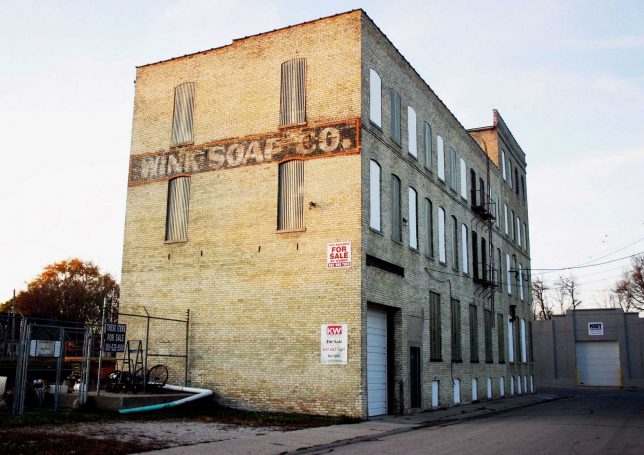

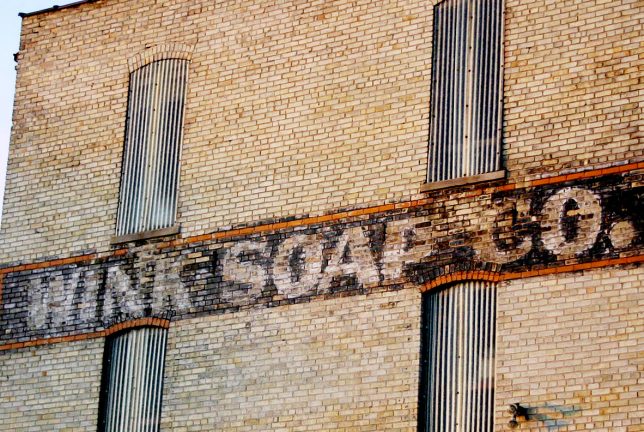
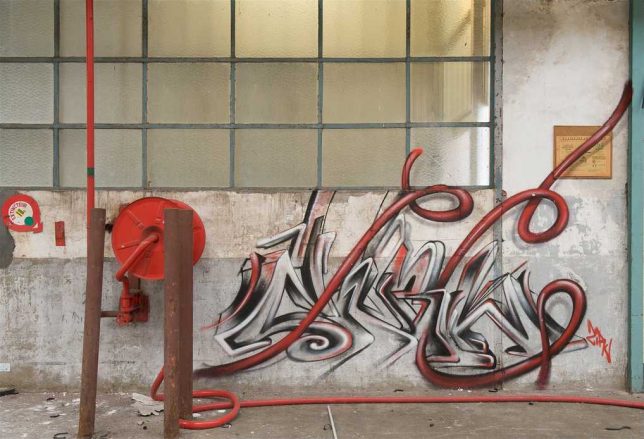
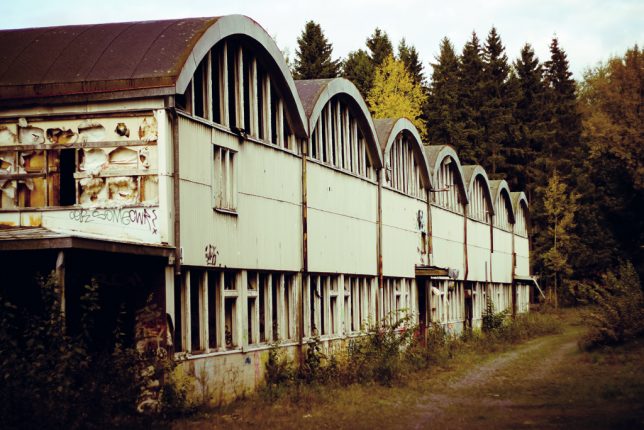
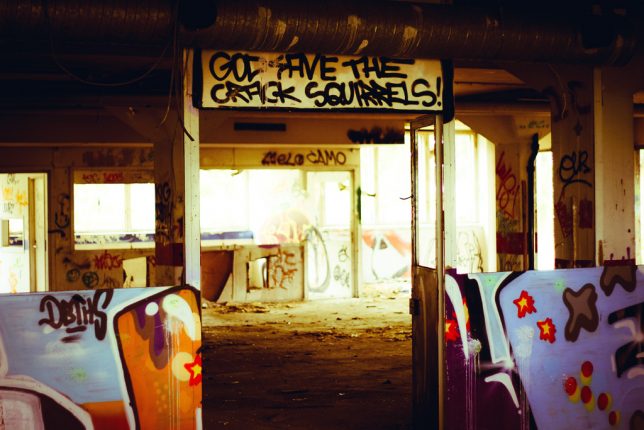
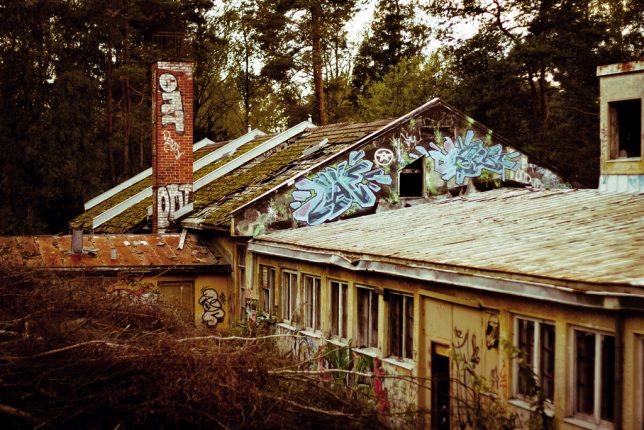
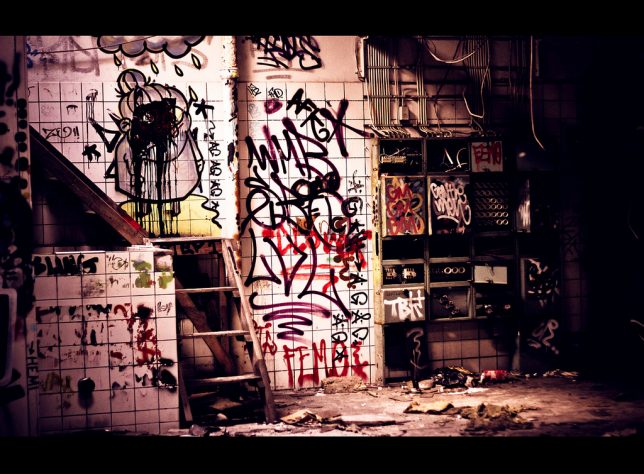




You must be logged in to post a comment.